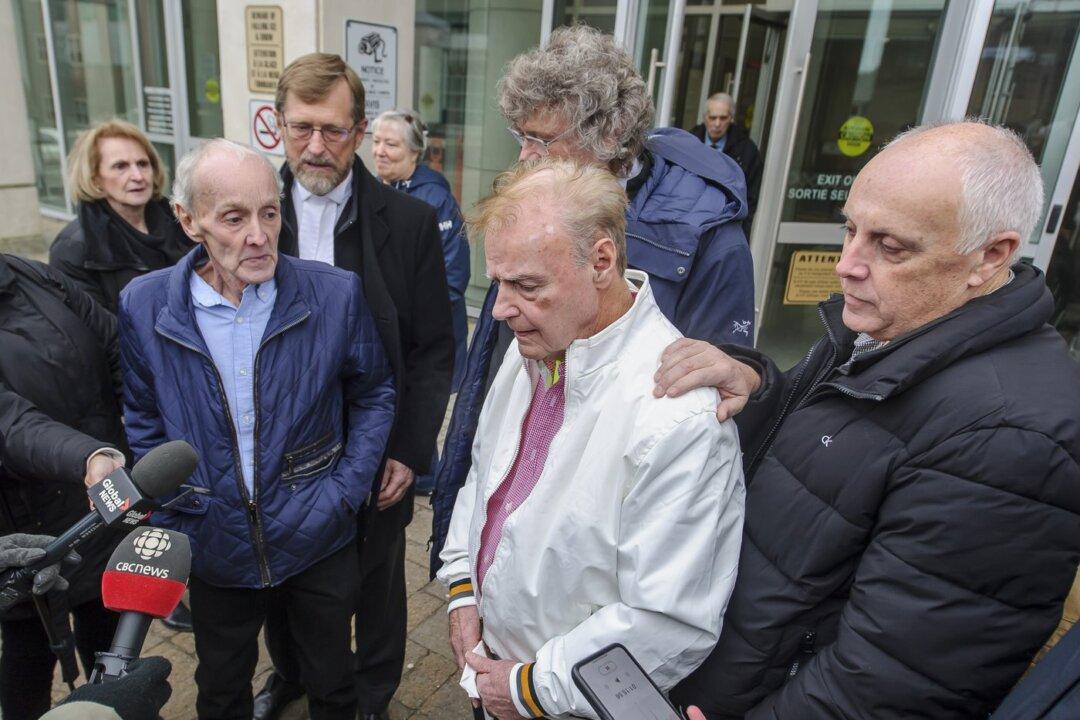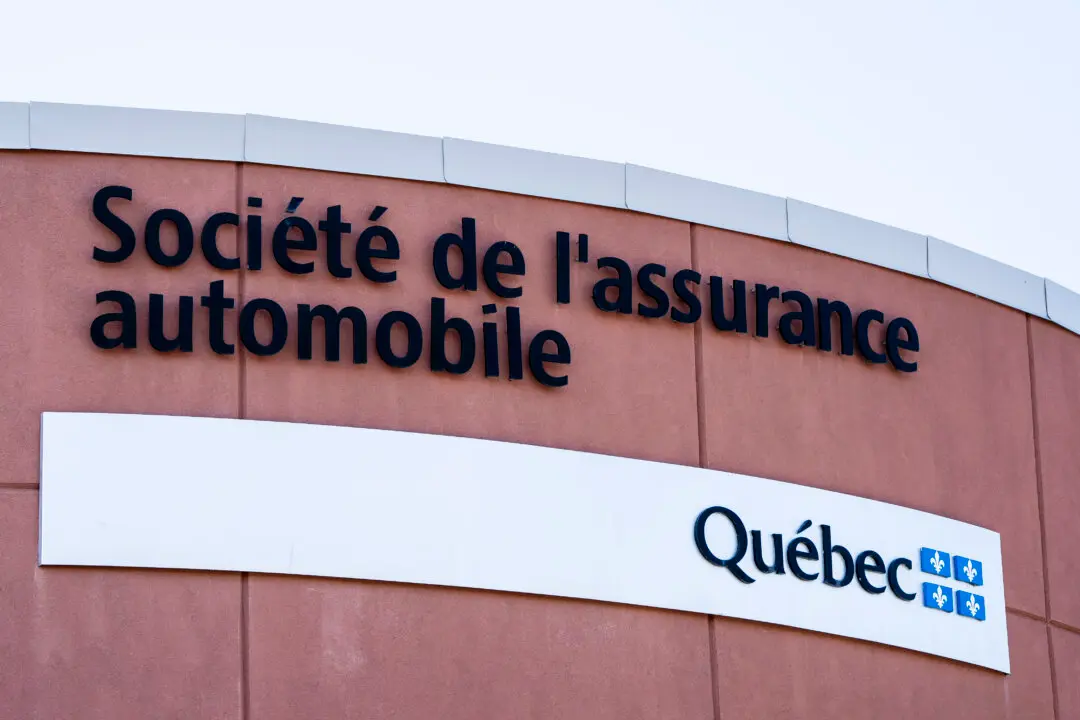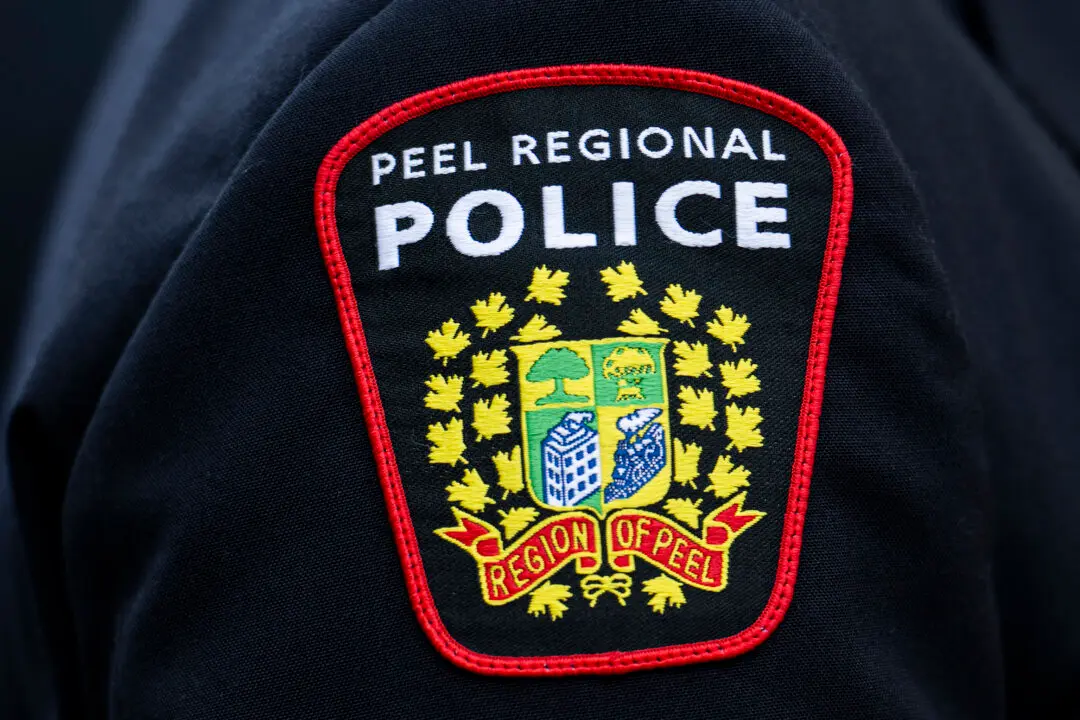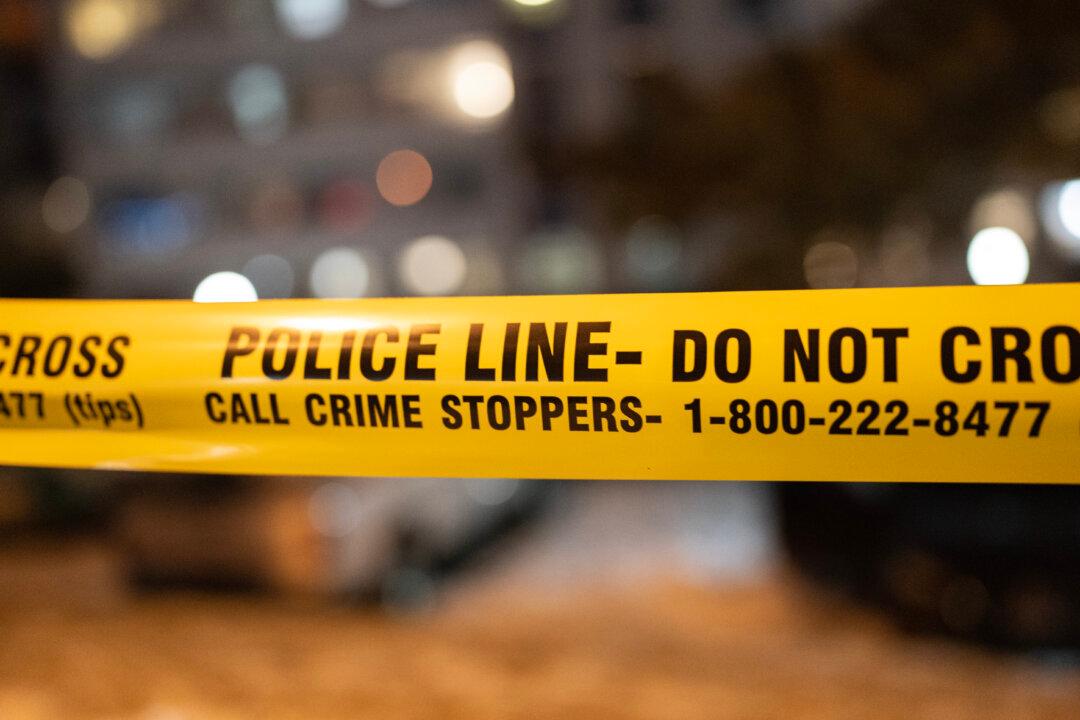The story behind two New Brunswick men’s wrongful convictions for murder contains classic elements of how things can go terribly wrong in Canada’s justice system, say the lawyers who fought to prove their innocence.
A written submission presented to the court by Innocence Canada lawyers on Jan. 4 argues that “police tunnel vision, the non-disclosure of important evidence, recantations by the two key Crown witnesses,” as well as a disregard for the men’s strong alibis, were key factors in Robert Mailman and Walter Gillespie’s 1984 murder convictions.





